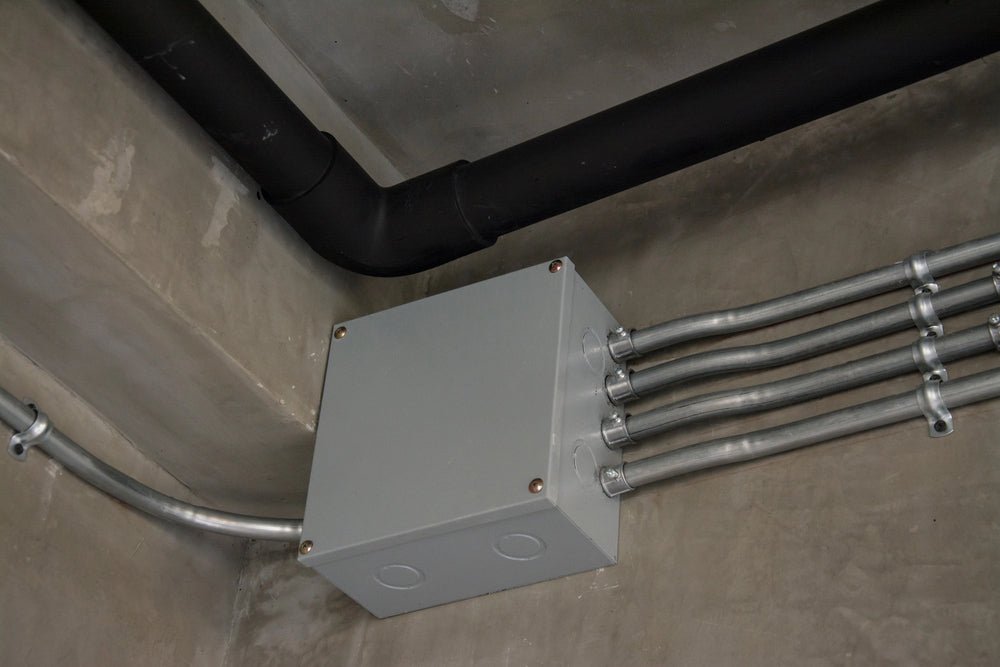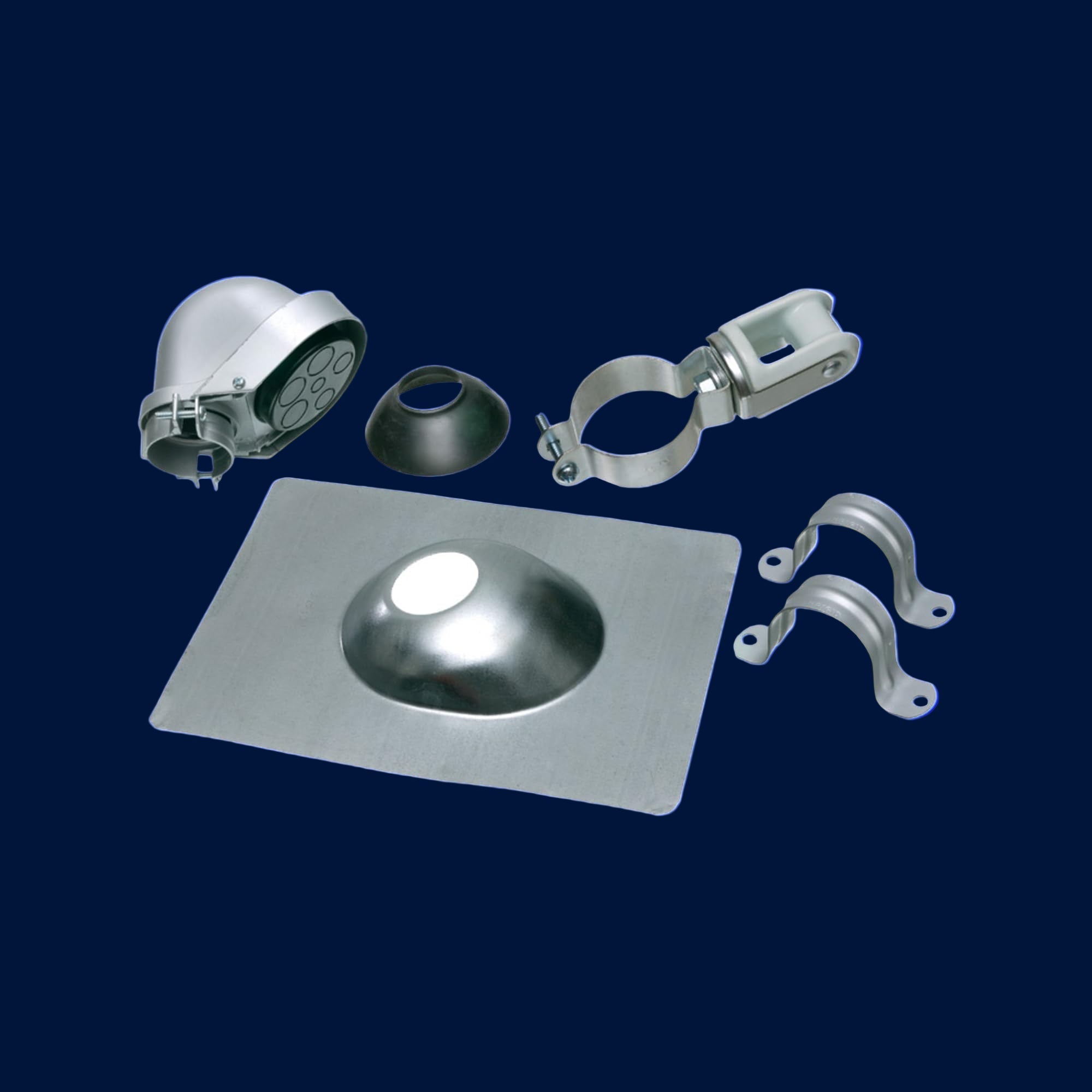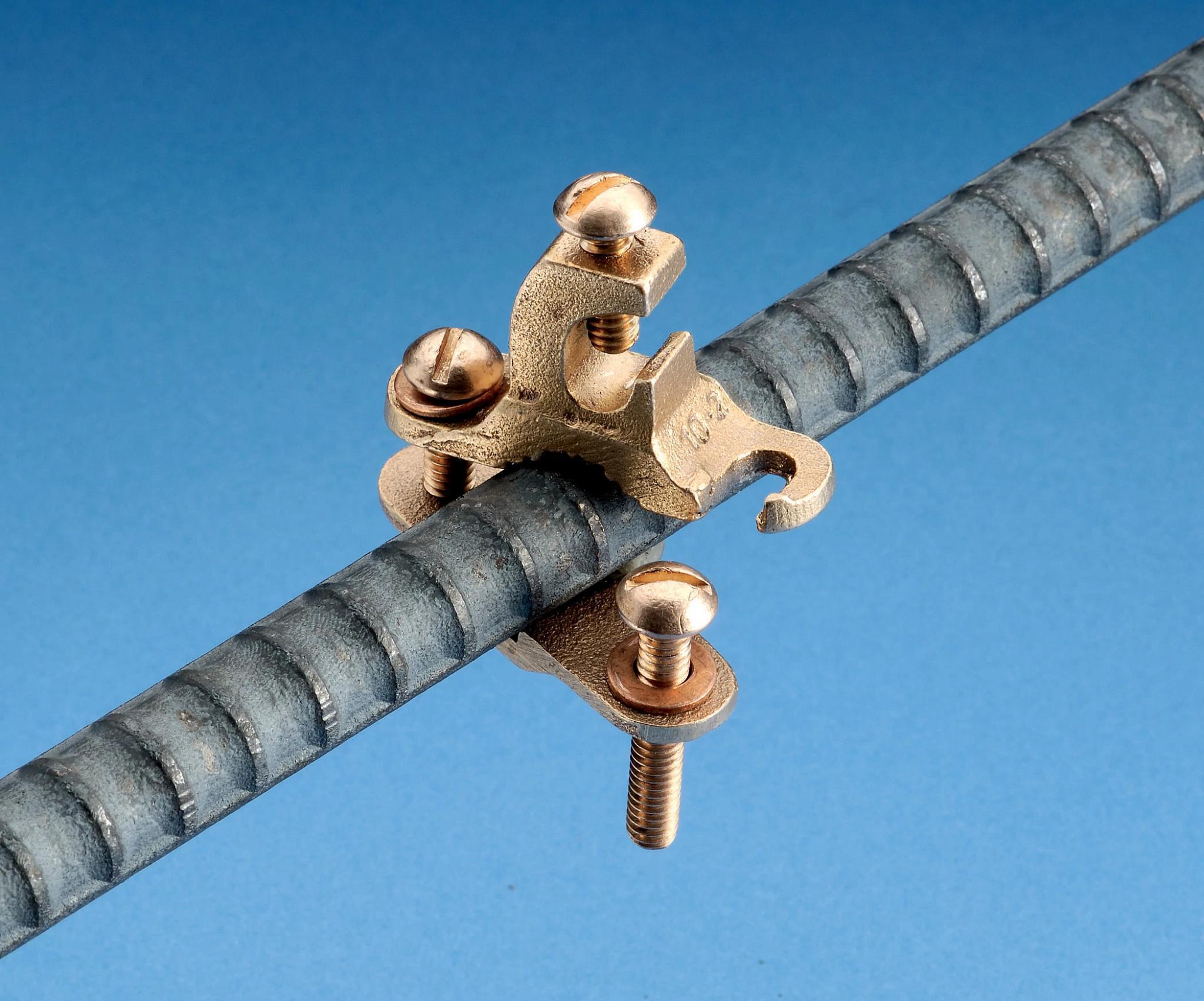Installing electrical boxes on masonry walls, like brick or concrete, can be a bit more challenging than with standard walls, but it is essential when adding outlets or switches. These boxes keep your wiring safe from damage and make sure your setup meets building codes. Masonry installations require the right tools and know-how to get it right.
At Sonic Electric, we’ve got the products and experience you need to make the job easier, including electrical outlet boxes and other electrical solutions for a complete setup.
Preparing for Installation
Before starting the installation process, it is important to gather the right materials and tools. Masonry walls, by their nature, are more challenging to work with than drywall or wood framing, so you will need specialized equipment such as a hammer drill, masonry bits, and strong fasteners designed to anchor electrical boxes securely.
Masonry electrical boxes are typically made from metal to provide the necessary strength and durability in demanding environments. These boxes are designed to withstand external forces like impact or vibration, ensuring the longevity of your installation.
Additionally, planning the exact placement of your box is critical. The box should be positioned at a height and location that not only meets your needs but also adheres to local building codes and regulations.
Step-by-Step Installation Process
- Marking the Location - The first step in any masonry electrical box installation is marking the location on the wall where the box will be installed. Consider the layout of the room, any existing wiring, and accessibility when choosing the location. Using a pencil or chalk, mark the exact placement of the box, ensuring it is level and in the correct orientation for your wiring requirements.
- Drilling Pilot Holes - With the location marked, use a hammer drill equipped with a masonry bit to create pilot holes for the fasteners. These holes should be slightly smaller than the screws you plan to use for mounting the electrical box. Drilling into masonry requires patience and the right bit size to avoid damaging the surrounding material. Be sure to clear out any debris from the holes before proceeding.
- Mounting the Electrical Box - Once the pilot holes are ready, position the electrical box against the wall and align it with the holes. Use masonry screws or Tapcon anchors to secure the box in place. It is important to ensure the box is level before fully tightening the screws. A properly mounted box should feel secure and should not move when light pressure is applied.
- Running Electrical Conduit - After the box is securely mounted, the next step is to run the conduit through which the electrical wires will pass. In most masonry installations, Malibu boxes or similar outdoor-rated electrical boxes can be useful, particularly if you are installing outlets or switches in outdoor environments. Ensure that the conduit is properly secured and that it provides a clear, unobstructed path for the wiring.
- Wiring the Box - With the box in place and the conduit secured, the next step is pulling the electrical wires through the conduit and into the box. Ensure that all connections are properly insulated and that grounding wires are securely attached to both the box and the connected devices. If your project involves heavy loads or outdoor installations, be sure to choose wires rated for the intended purpose.
- Finishing the Installation - After the wiring is completed, the electrical outlet or switch can be installed within the box. Be sure to follow the manufacturer’s instructions for properly connecting the wires to the outlet or switch terminals. Once the device is installed, attach the faceplate, and secure it tightly. Test the electrical connection to ensure everything is working properly before completing the project.
Fire Safety Considerations
When installing electrical boxes in masonry walls, fire safety is a key concern. Openings in fire-rated walls, such as those created by electrical boxes, can compromise the wall’s ability to contain fire and smoke. To address this, firestop products are used to seal gaps around electrical boxes, conduits, and other penetrations in fire-rated assemblies.
Firestop materials, such as intumescent caulks or putty pads, expand when exposed to heat, effectively sealing off these openings and preventing the spread of fire.
Challenges and Solutions in Masonry Installations
Masonry walls present several distinct challenges compared to standard drywall or wood-framed installations. Below is a detailed breakdown of common issues and their respective solutions.
- Drilling into Dense Materials - Working with concrete or stone requires specialized tools. Hammer drills equipped with masonry bits are essential to avoid cracking or damaging the wall. Without the right tools, holes can end up too shallow or irregular, leading to weak support for the electrical box. Use a slow, steady drilling technique, clearing debris frequently to keep the bit from overheating. For very dense stone walls, consider wet drilling techniques to reduce dust and prolong tool life.
- Securing Electrical Boxes on Uneven or Brittle Walls - When dealing with uneven surfaces or old, fragile masonry, attaching the electrical box securely becomes challenging. Uneven surfaces prevent full contact with the back of the box, leading to an unstable installation. To remedy this, use an adhesive-backed box for added grip or additional mounting brackets. For very old or brittle walls, you can reinforce the installation by using specialty anchors that spread the load across a wider area or chemical anchors that bond the screws directly into the masonry.
- Moisture in Masonry Walls - Masonry, especially in basements or outdoor areas, is prone to moisture infiltration, which can degrade electrical installations over time. Moisture can weaken the electrical connections and even lead to corrosion of the box or wires. To mitigate this, choose sealed or weatherproof boxes like Malibu boxes, which are specifically designed to prevent water from entering the enclosure. Additionally, using waterproof conduit and appropriate sealing compounds at joints will further protect the system from moisture damage.
- Thermal Expansion - Masonry walls can expand and contract with temperature changes, potentially loosening the attachment of the box over time. It is critical to use flexible materials or expansion joints in environments prone to extreme temperatures. This prevents the masonry from cracking or damaging the electrical connections.
Masonry electrical boxes installation is a challenging but rewarding process that requires attention to detail and the right materials for a secure and long-lasting result. Whether you are installing outlets in a stone basement wall or adding outdoor lighting to a brick patio, understanding the proper steps and safety considerations will help ensure a successful project.
Sonic Electric is proud to provide the tools and products, such as firestop products and electrical outlet boxes, to make your installation both safe and efficient. With careful planning and execution, your masonry electrical project will provide years of reliable service.






Share:
10 Types Of Electrical Outlets In Your Home: A Guide For Homeowners
11 Creative Path Lighting Ideas For A Welcoming Entrance